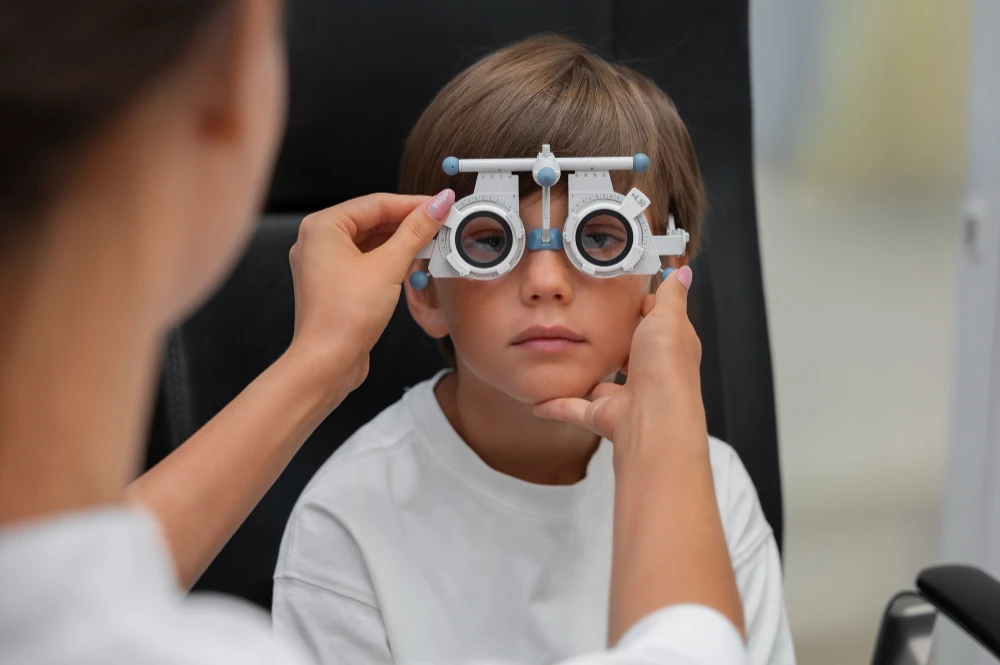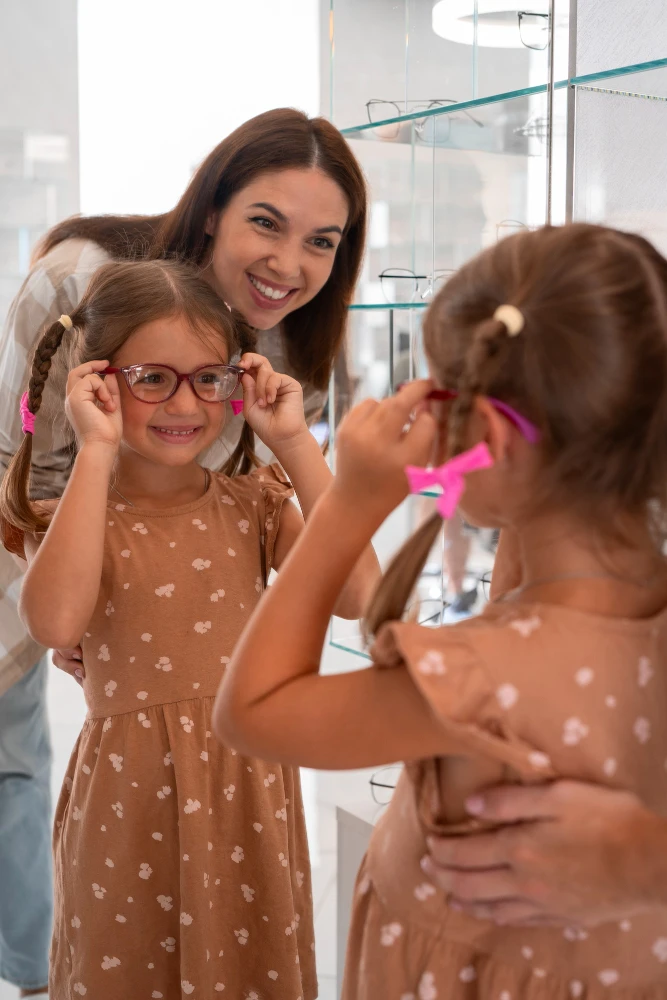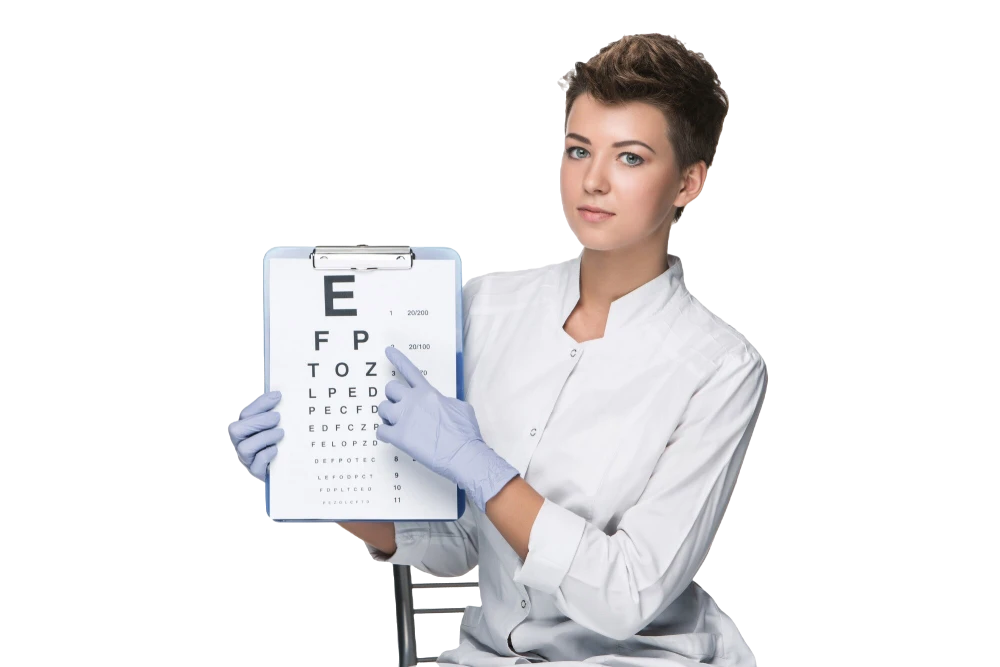Children's Eye Exam
A child’s vision is constantly changing and developing from birth all through their school years making the children’s eye exam imperative to success and development. The eyes are a child’s most important learning tool and if it’s not functioning properly learning becomes difficult and stressful. This gets worse as a child progresses through the education system and school becomes more visually demanding. Your child may not always know that they have a vision disorder, that’s what we’re here for. We use the latest non-invasive equipment at Market Mall to make the children’s eye exam fun for kids.


Infants
Toddlers
Doctors of Optometry Canada recommend that toddlers get an eye exam before starting kindergarten, and annually thereafter to ensure peak eye health and development. Between ages one and two it’s critical children develop depth perception along with hand-eye coordination. Here are some activities that can help their visual development.
These activities are essential to your toddlers’ visual development. Remember the 10 symptoms of visual problems and book an appointment with a pediatric optometrist in Calgary if you notice these symptoms.


Infants

Market Mall Eye Clinic
Send us a message and we will get back to you soon.
